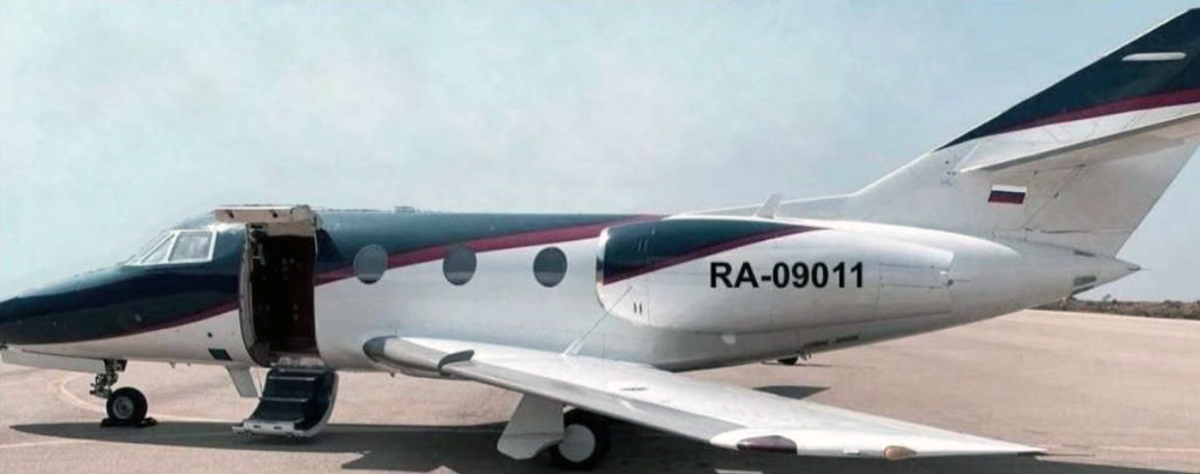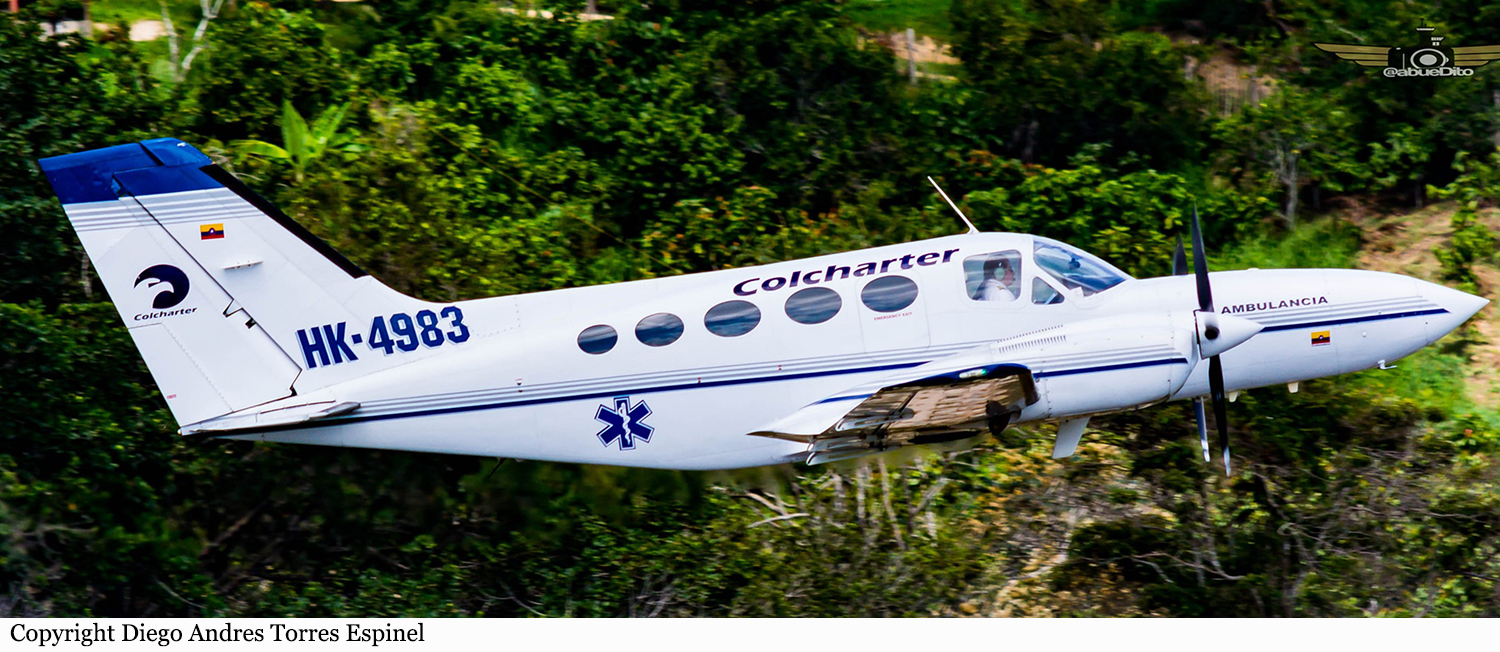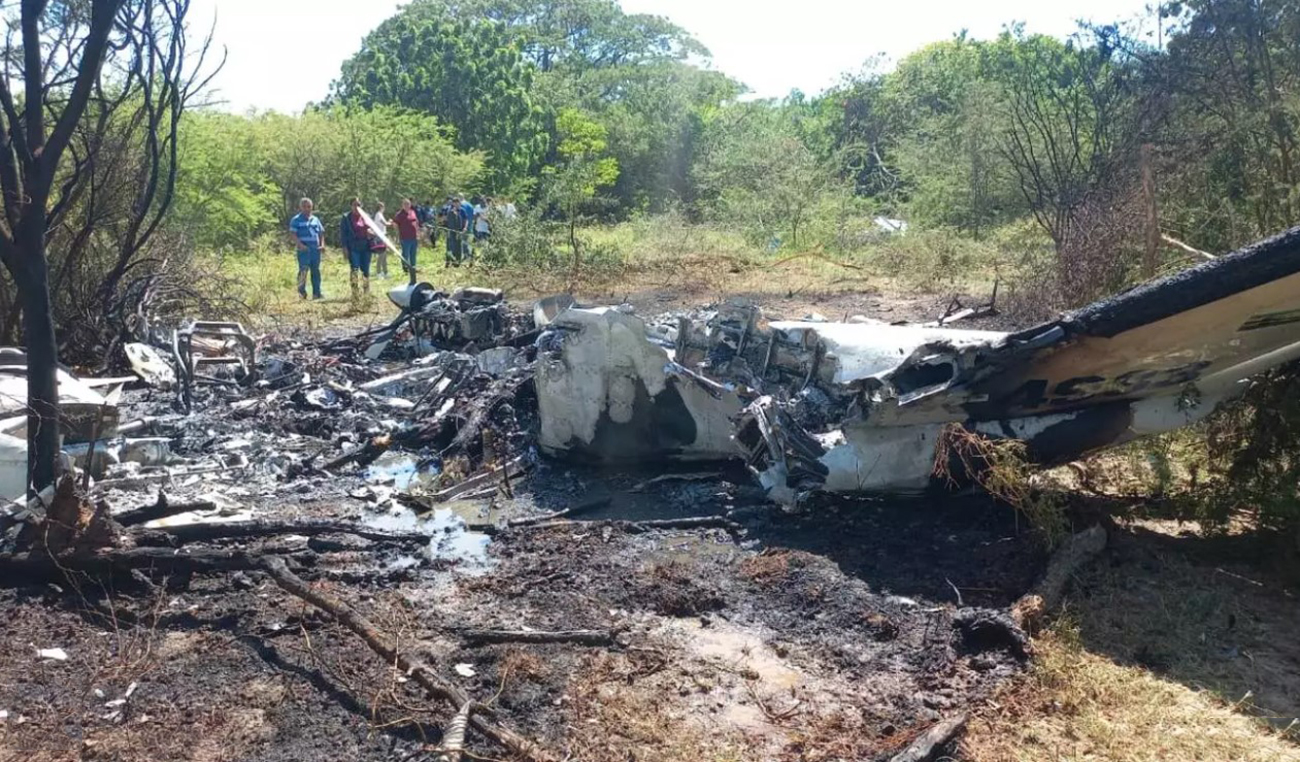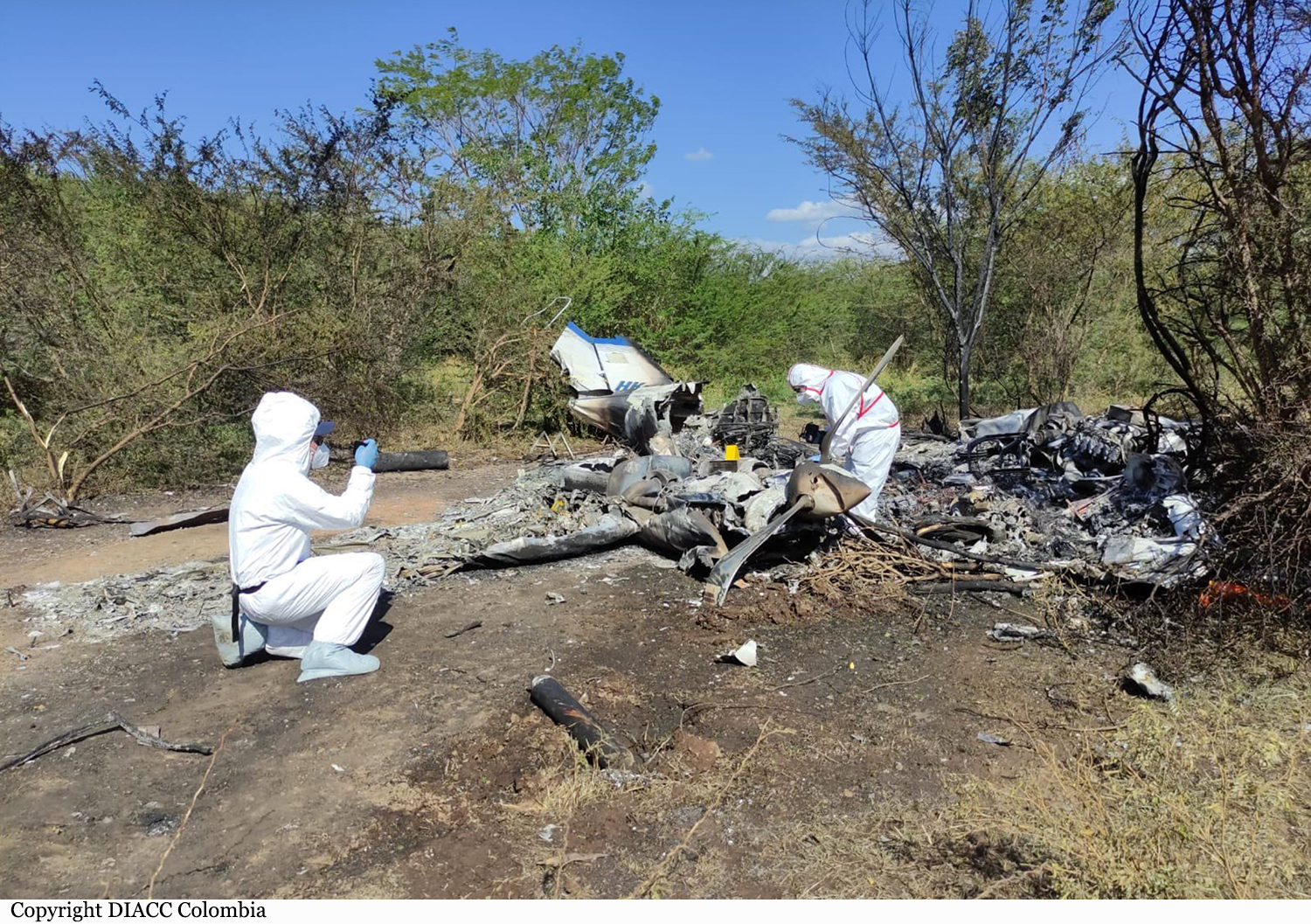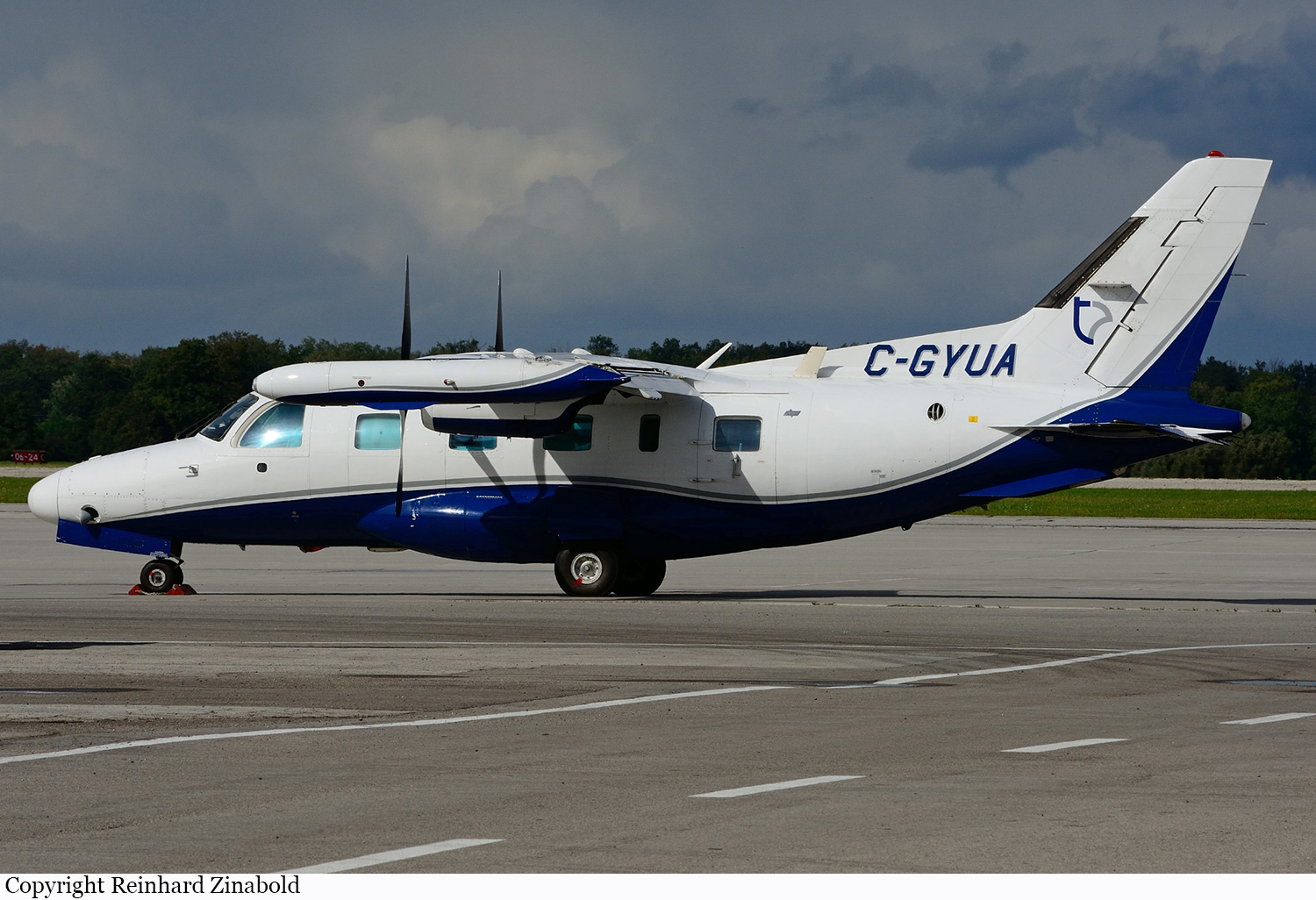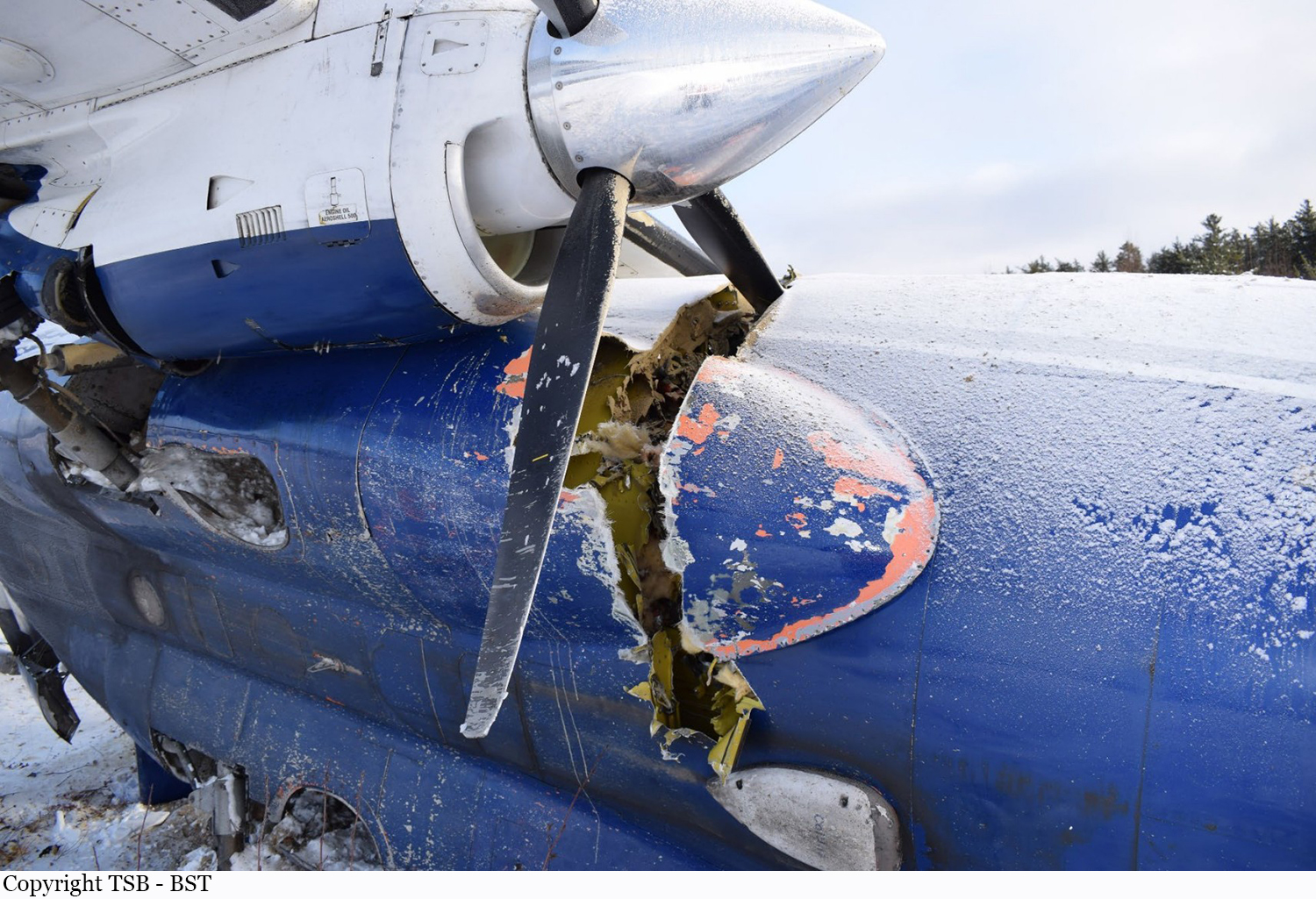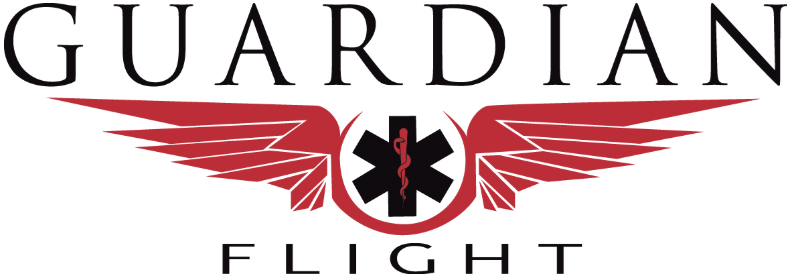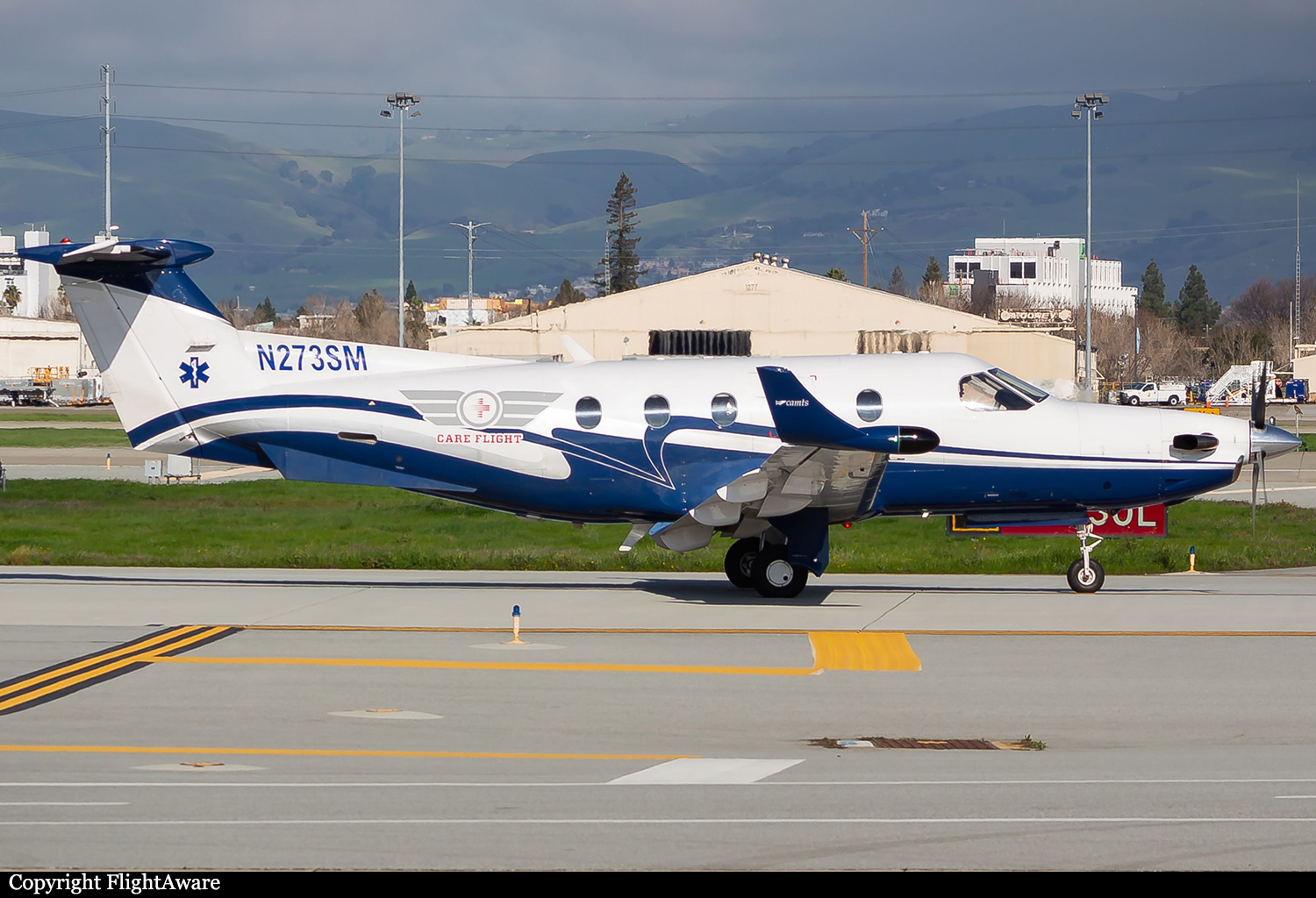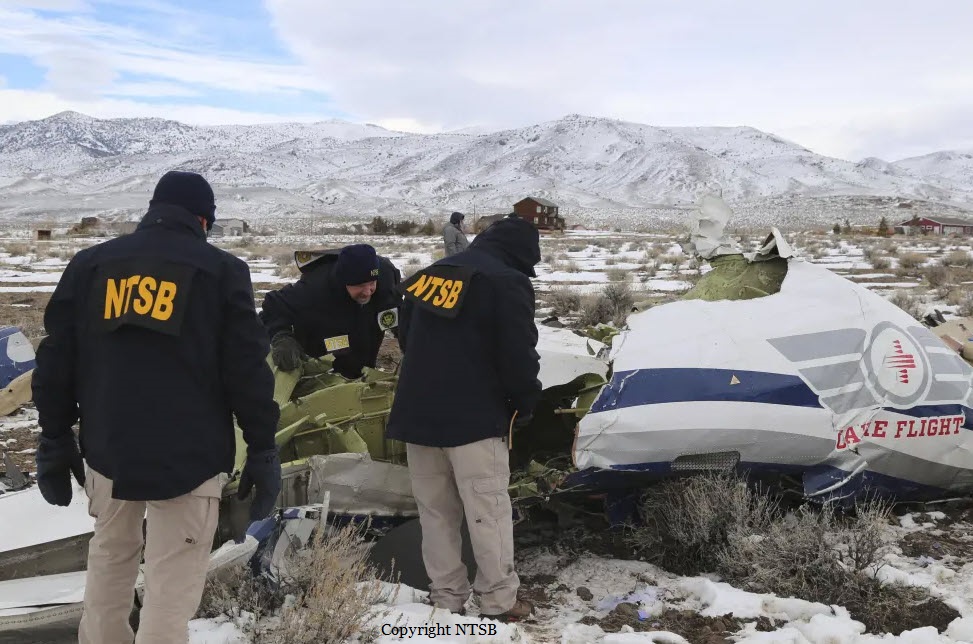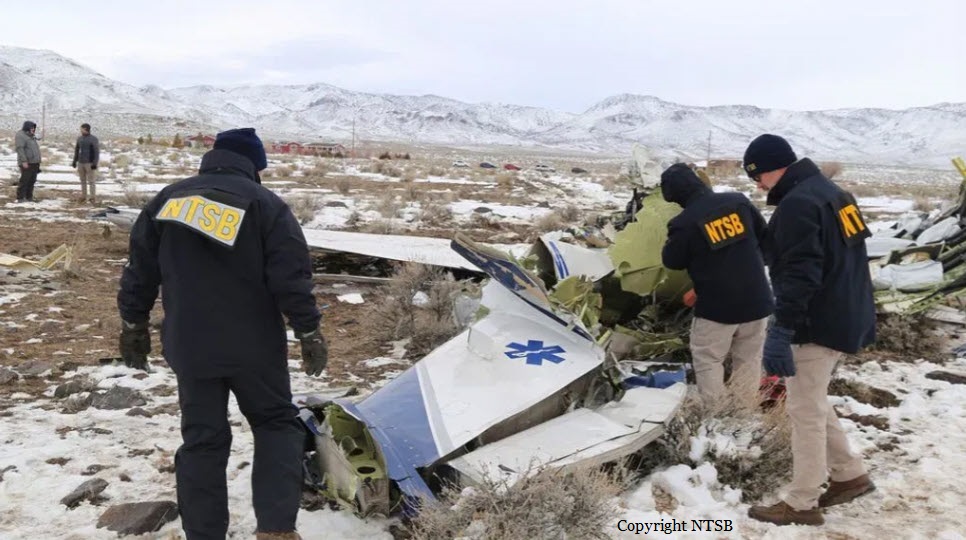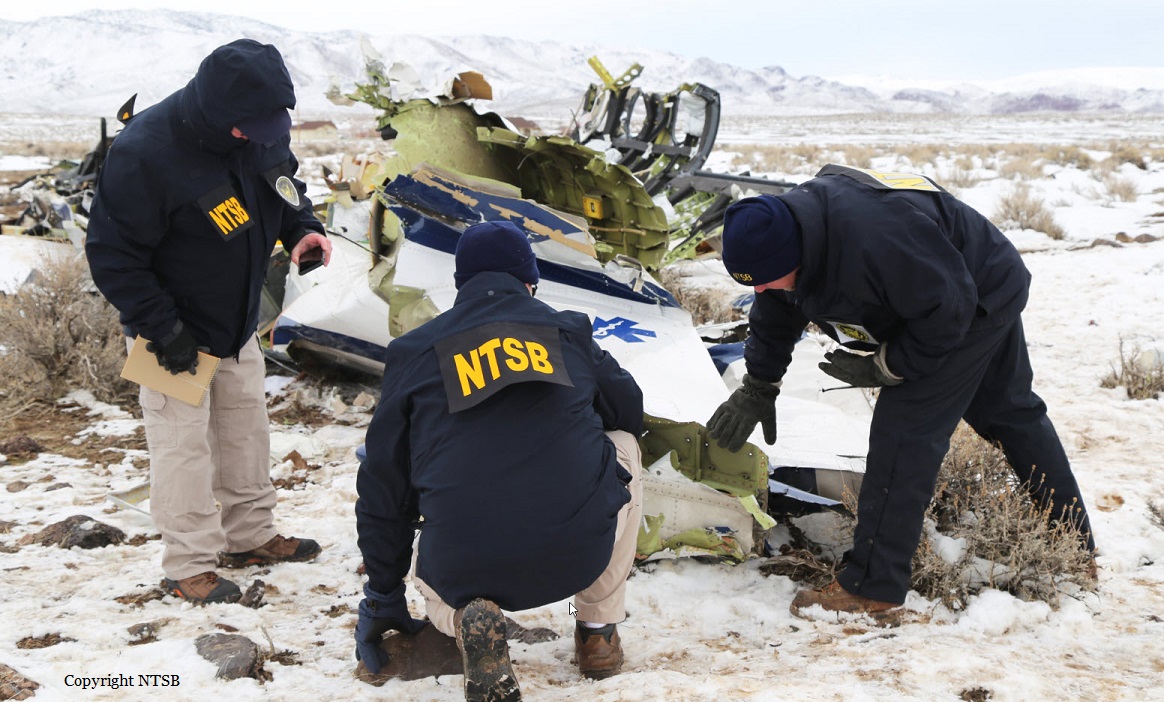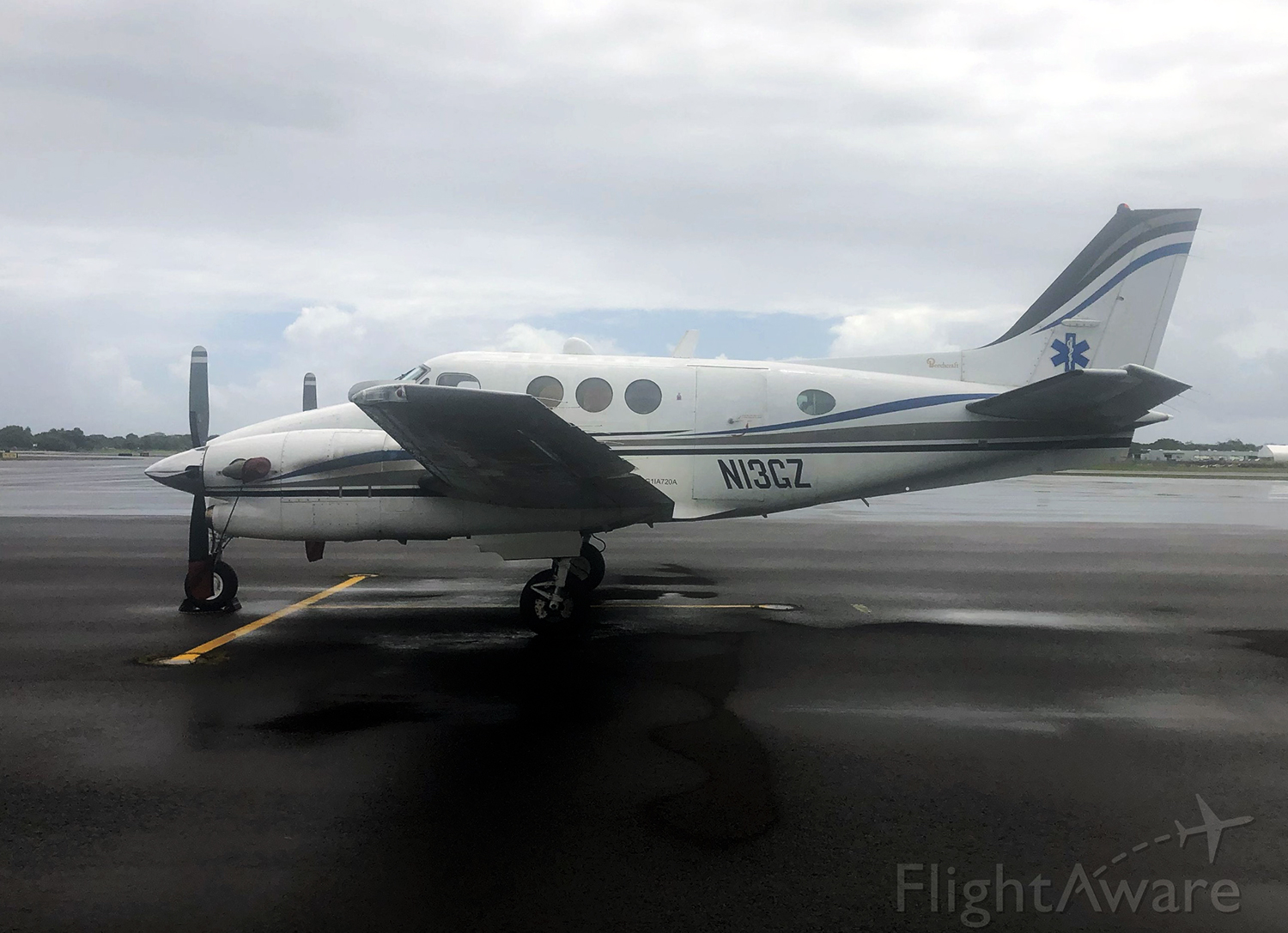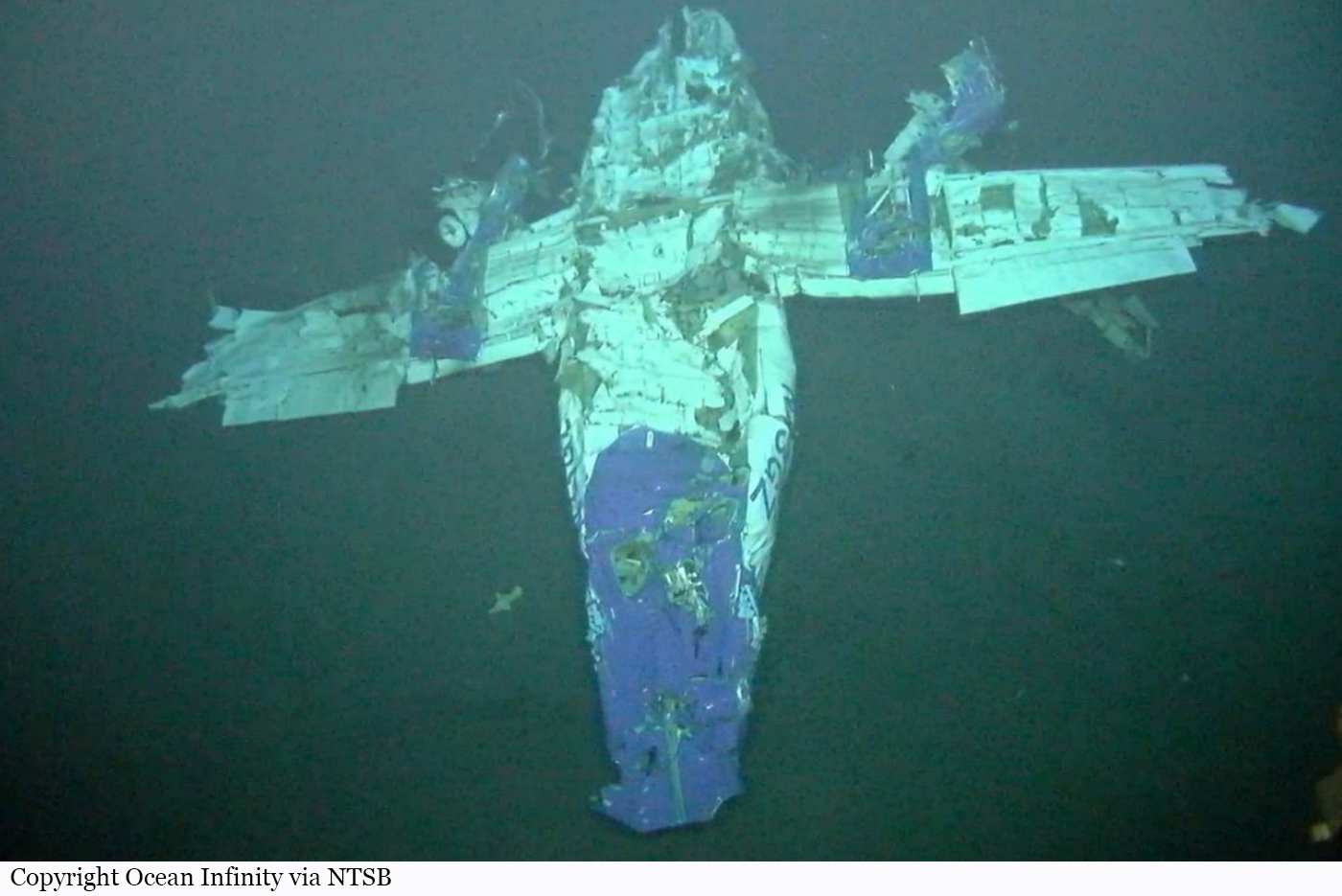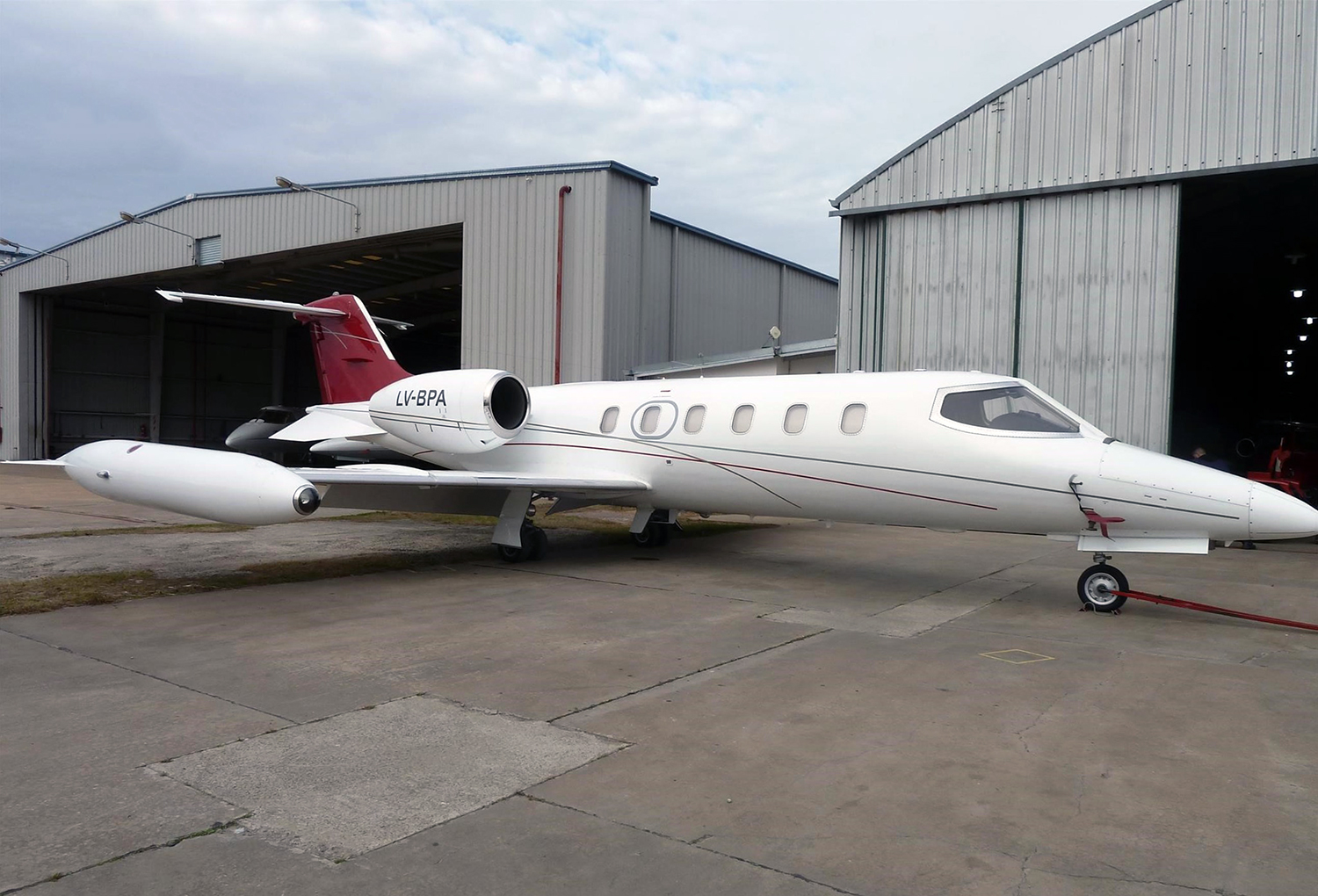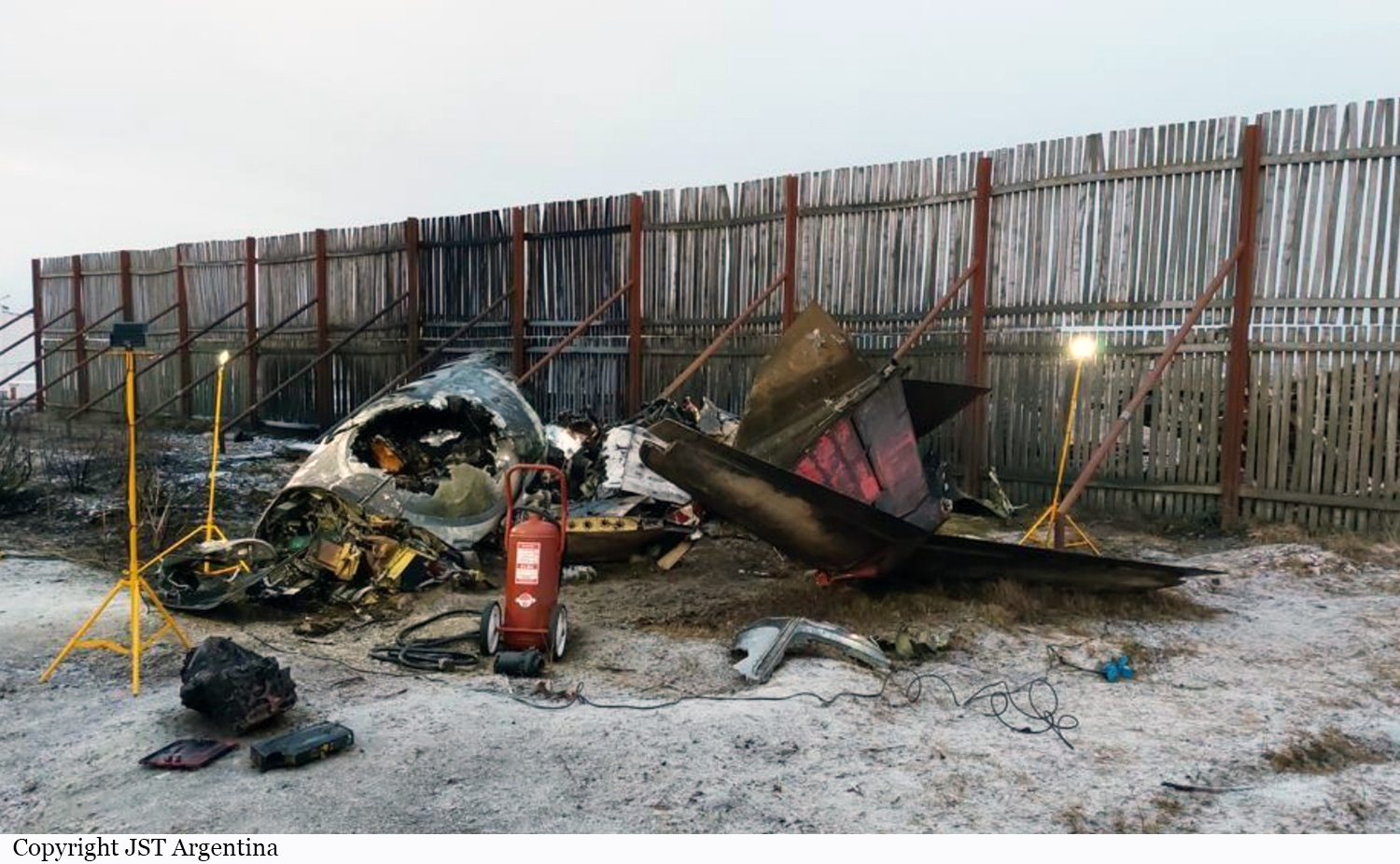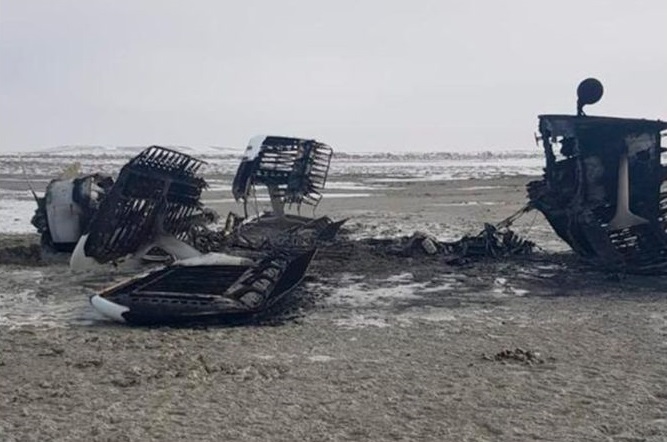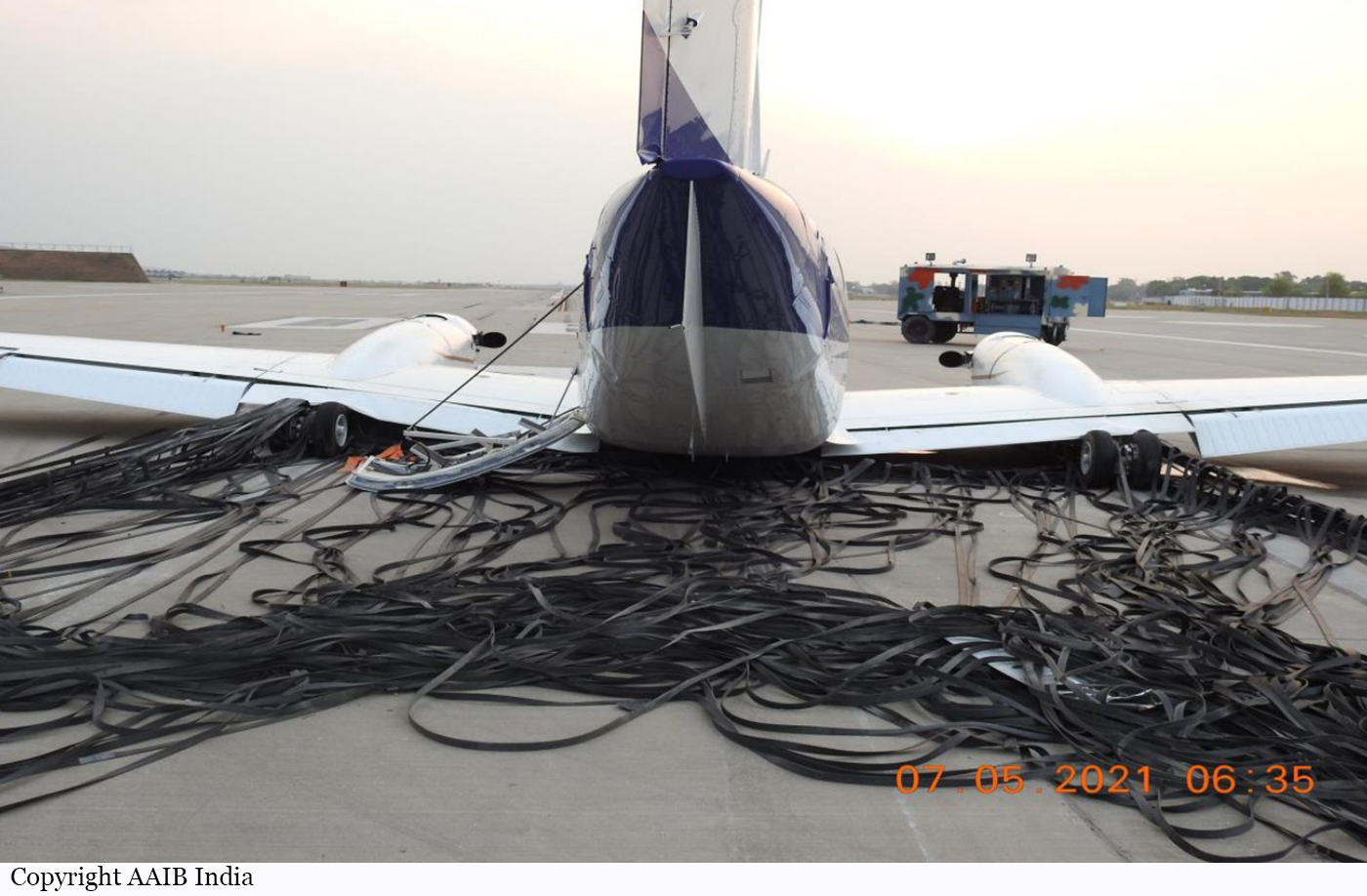Circumstances:
The crew was preparing for instrument flight rules (IFR) flight THU890 from Thunder Bay Airport (CYQT), Ontario, to Sault Ste. Marie Airport (CYAM), Ontario. The flight included a stop at Wawa Aerodrome (CYXZ), Ontario, to pick up a patient for a medical transfer to CYAM. As part of the pre-flight preparations, one of the flight crew members contacted CYXZ at 0549 to check the runway conditions and spoke with an aerodrome employee who was on duty for after-hour inquiries. During the call, the flight crew member learned of ongoing light snowfall and understood that the runway would be plowed by about 0730. At approximately 0653, during the hours of darkness, the aircraft departed CYQT for CYXZ with 2 flight crew members and a paramedic on board. The cruise portion of the flight was uneventful. The flight crew maintained radio contact with air traffic control (ATC) and received clearance for the approach to CYXZ. At about 0726, ATC instructed the flight crew to switch to the Wawa aerodrome traffic frequency (ATF). Between 0715 and 0730, aerodrome staff, including the employee to whom the flight crew member had spoken and a trainee, arrived at CYXZ. An ambulance carrying the patient who would be transferred also arrived at the aerodrome in that time. It had snowed overnight, and aerodrome staff were aware of the potential arrival of flight THU890, but had not yet plowed the runway. The staff began their morning duties, which included preparing the snow removal vehicles to clear the runway. There was no radio communication between aerodrome staff and the occurrence flight crew. The approach to CYXZ occurred during civil twilight,Footnote3 before sunrise. The flight crew activated the runway lights using the aircraft radio control of aerodrome lighting system and performed the RNAV (GNSS) [area navigation (global navigation satellite system)] approach to Runway 03. They visually spotted the runway when they were about 10 nautical miles away on final approach. As the aircraft approached the runway, the flight crew had a clear view of the runway lights and saw that the runway was covered in snow. The aircraft touched down on Runway 03 at 0739, and shortly after, it suddenly began sliding to the right. The flight crew attempted to correct this using rudder pedals, as well as differential propeller and power control, but were unsuccessful. The aircraft rotated almost 180° before sliding off the runway’s right side. The aircraft continued sliding sideways off the runway while facing the opposite direction of landing and came to rest on its left side in a drainage ditch, about 78 feet from the runway’s edge. The aircraft was extensively damaged; the right engine propeller blades penetrated the cabin before the engines were shut down. After the engines were shut down, the occupants began evacuating. The right emergency exit was damaged and would not open, so they egressed through the aircraft’s main door, which was located at the rear, on left side of the aircraft. A significant fuel leak was noted. The occupants walked the short distance to the runway, where the snow was between 6 to 8 inches deep on the runway surface. The flight crew called 911 and the London Flight Information Centre (FIC) to report the accident. The aerodrome staff observed the aircraft land and slide off the runway. They drove the snow removal vehicle down the runway, plowing snow along the way. They stopped to check on the occupants and then continued down the remaining runway length before turning around at the end and continuing to plow snow back toward the terminal building. Another vehicle transported the aircraft occupants to the terminal building, where they were assessed by emergency medical services and then transported to the local hospital for examination. There were only minor injuries.
Probable cause:
The investigation was unable to determine the aircraft’s exact touchdown point because the runway was plowed immediately after the occurrence. However, based on the available data, it was estimated that the aircraft touched down between 1000 feet and 1400 feet beyond the runway threshold, and began to slide to the right shorty after. The aircraft continued sliding to the right and rotated nearly 180° while on the runway surface. The aircraft then exited the side of the runway at an angle of about 45° to the runway edge. Shortly after the occurrence, Thunder Airlines Limited issued an operations bulletin to all flight crews, indicating that no flight crew shall depart until there is confirmation of suitable runway conditions (maximum ½ inch wet snow or 2 inches dry snow) from reliable sources on the ground. In addition, the bulletin states that if the communicated information includes a plan to clear the runway, confirmation of a cleared runway must be obtained before landing. The bulletin will be incorporated in the Thunder Airlines Limited standard operating procedures in the next revision.
